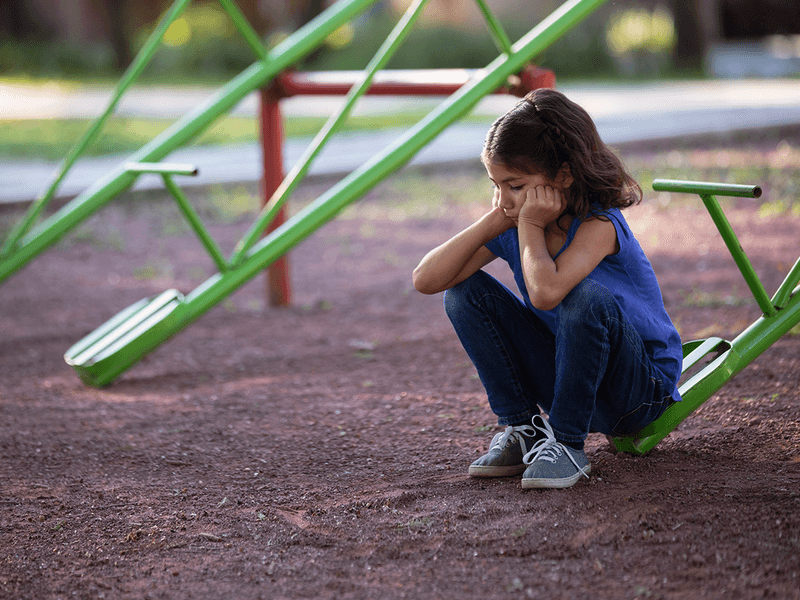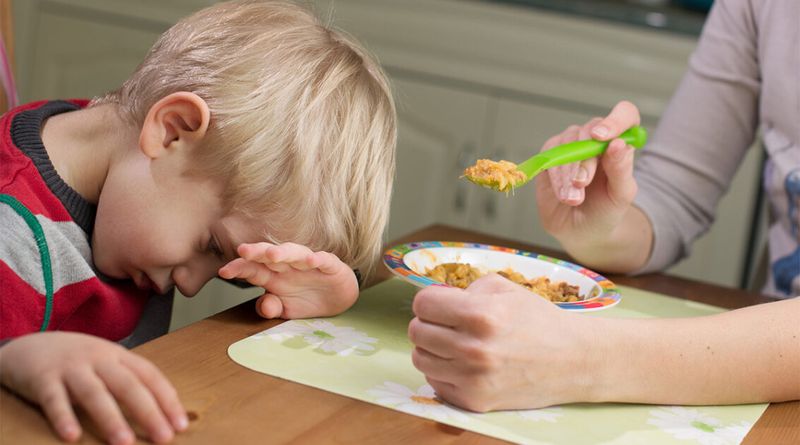Children often silently signal their distress in ways that may not be immediately apparent. Even the most attentive parents can overlook these subtle cries for help. Recognizing these signs is crucial in providing the necessary support to help children navigate their emotional struggles. In this article, we delve into eight silent ways children may express their need for help, helping parents and caregivers become more attuned to these signals. Understanding these subtle indicators can lead to timely interventions and foster a nurturing environment where children feel heard and supported.
1. Withdrawal from Social Interactions

Once an outgoing butterfly, Johnny now spends recess alone, a curious shift unnoticed by many. Social withdrawal can be a child’s quiet plea for help, revealing feelings of alienation. It’s not just shyness; it’s a deeper sign something is amiss. Perhaps, they feel disconnected or misunderstood. Parents might assume it’s a phase, but persistent isolation suggests underlying issues. This subtle withdrawal from loved ones or friends may indicate emotional struggles. Engage with them through gentle conversation. Observation and empathy can bridge the emotional gap, ensuring children don’t face their battles in solitude.
2. Sudden Changes in Behavior

“Why the sudden outburst?”, parents wonder, as their once calm child now erupts unexpectedly. These dramatic behavioral shifts can be a child’s hidden cry, signaling stress or anxiety. It’s not mere teenage angst; it’s communication without words. These changes often mask deeper emotional distress and shouldn’t be brushed off. Recognizing these shifts requires patience and understanding. Engage them with open-ended questions to unveil hidden concerns. By offering a supportive ear, parents can transform outbursts into conversations, helping to unearth the emotional turmoil laying beneath the surface.
3. Decline in Academic Performance

When Lucy’s grades fell, teachers dismissed it as laziness, but her weary eyes told another story. Academic decline can signify more than disinterest; it’s often a plea from a struggling heart. Overwhelm and emotional pain can cloud a child’s academic world. Parents may overlook this as mere distraction, yet it signals deeper issues like anxiety or depression. Engage with teachers and counselors to understand underlying causes. By fostering a supportive learning environment, parents can help alleviate the pressures that weigh heavily on young minds.
4. Changes in Eating or Sleeping Habits

Emma’s untouched plate raised concerns, a silent message of unease within. Eating and sleeping are windows into a child’s soul, reflecting their emotional state. Sudden changes might not just be about picky eating or random sleep schedules. It might indicate stress or inner conflict. Notice these patterns and inquire gently, as they may harbor deeper emotional struggles. Speaking to a pediatrician can provide insights into stress-related habits. Addressing these silent signals can ensure emotional well-being, transforming meals and rest into nourishing experiences.
5. Physical Complaints Without Clear Cause

“My head hurts,” says Sam, yet tests reveal nothing amiss. Frequent physical complaints without cause often mask emotional distress, a silent cry from within. This isn’t malingering; it’s the body speaking when words fail. Symptoms like headaches or stomachaches can indicate anxiety or unease. Parents might dismiss these as growing pains, but they could be stress manifestations. Open conversations about feelings can help uncover hidden worries. Recognizing these signals and consulting healthcare professionals can aid in understanding the emotional undercurrents causing physical symptoms.
6. Engagement in Risky Behaviors

Alex’s nocturnal adventures on rooftops became his escape, unnoticed by many. Engaging in risky behaviors often masks emotional pain, a subtle alarm for help. It’s not mere teenage rebellion; it’s a cry to be noticed. Parents often mistake this for thrill-seeking, yet it reveals deeper struggles. Such behavior can be a misguided attempt to cope or signal distress. Conversations about safety and emotions can unveil underlying issues. Understanding and addressing these behaviors can turn risky paths into safe journeys, guiding them back to emotional stability.
7. Neglect of Personal Appearance

Once meticulous about their appearance, Mia now ignores the mirror. Neglecting personal grooming isn’t just a phase; it’s a signal of emotional turmoil. It’s a silent plea, often overlooked, indicating feelings of worthlessness or depression. This change in self-care routines reflects a deeper sense of hopelessness. Parents might consider this laziness, but it’s worth exploring further. Gentle encouragement and support can rekindle their self-worth. By noticing these subtle signs, parents can help children regain their confidence and sense of identity.
8. Expressions of Hopelessness or Worthlessness

“Why bother?”, mutters Jake, his words heavy with despair. Expressions of hopelessness are potent signals of emotional distress, often whispered rather than shouted. It’s not mere teenage drama; it’s a call for understanding. These words, though seemingly minor, echo deep emotional struggles. Parents might dismiss them as overreaction, but they require attention and empathy. Open dialogues about feelings can help decode these cries. By listening and providing reassurance, parents can help replace despair with hope, ensuring children feel valued and understood.

Well, hello there!
My name is Jennifer. Besides being an orthodontist, I am a mother to 3 playful boys. In this motherhood journey, I can say I will never know everything. That’s why I always strive to read a lot, and that’s why I started writing about all the smithereens I came across so that you can have everything in one place! Enjoy and stay positive; you’ve got this!

